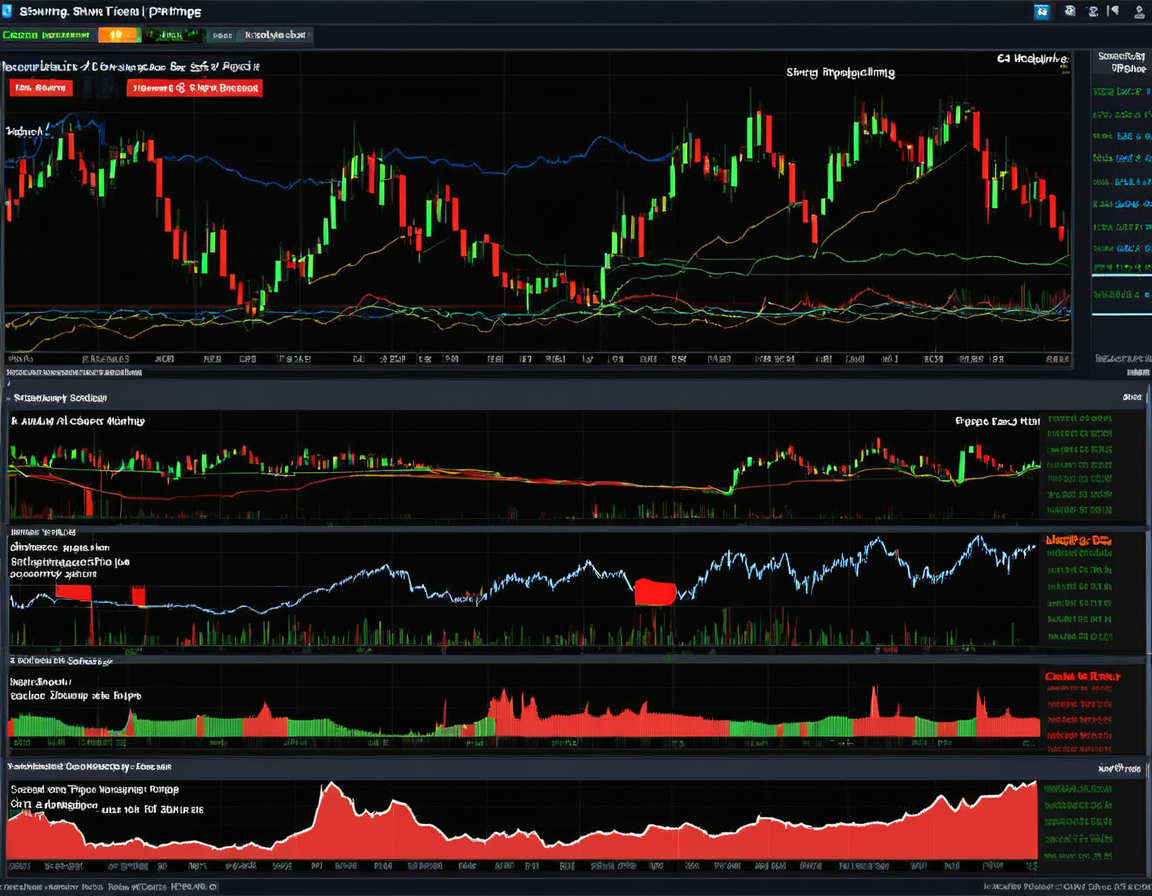How to Use Fibonacci Retracement for Precise Forex Entries
Fibonacci retracement is one of the most popular tools in technical analysis, offering traders a way to identify potential reversal points in the forex market. Based on the Fibonacci sequence, these retracement levels provide a roadmap for entering and exiting trades with precision. This guide will show you how to master Fibonacci retracement and apply it effectively to your forex trading.
What is Fibonacci Retracement?
Fibonacci retracement is a tool used to measure potential price pullbacks or reversals in a trending market. It’s based on the mathematical Fibonacci sequence, where the key ratios (23.6%, 38.2%, 50%, 61.8%, and 78.6%) are derived. These percentages represent levels where price corrections are likely to occur.
Why Fibonacci Retracement Works in Forex
- Universal Patterns: Markets often move in waves, following natural patterns of expansion and contraction.
- Trader Psychology: Many traders use Fibonacci levels, reinforcing their significance as self-fulfilling prophecies.
- Versatility: Can be used in uptrends, downtrends, and even ranging markets.
How to Draw Fibonacci Retracement Levels
To draw Fibonacci retracement levels:
- Identify a Trend: Determine whether the market is in an uptrend or downtrend.
- Select Key Points: Use the swing high and swing low as anchor points.
- Swing High: The highest point before a market reversal.
- Swing Low: The lowest point before a market reversal.
- Apply the Tool: Use your trading platform’s Fibonacci retracement tool to draw the levels between these two points.
Example
In an uptrend, draw the retracement levels from the swing low to the swing high. For a downtrend, reverse the process.
Key Fibonacci Levels and Their Meanings
23.6% Level
- Indicates a shallow retracement; usually seen in strong trends.
- Ideal For: Aggressive traders looking for quick entries.
38.2% Level
- Common level for moderate pullbacks before the trend resumes.
- Ideal For: Spotting early trend continuation signals.
50% Level
- Not an official Fibonacci ratio but widely observed. Represents a significant psychological level.
61.8% Level
- Known as the “Golden Ratio,” this is the most powerful level for reversals.
- Ideal For: High-probability trades with tight risk management.
78.6% Level
- Suggests deep retracement but still within the realm of trend continuation.
How to Use Fibonacci Retracement for Entries
1. Combine with Support and Resistance
Fibonacci retracement works best when it aligns with existing support or resistance levels.
- Example: If the 61.8% retracement coincides with a historical support level, it’s a strong buy signal.
2. Look for Confluence with Indicators
Confluence strengthens the reliability of Fibonacci levels. Combine them with:
- Moving Averages: Use the 200 EMA to confirm key levels.
- RSI or Stochastic Oscillators: Identify overbought or oversold conditions.
3. Use with Price Action Signals
Look for candlestick patterns, such as:
- Bullish Engulfing: A buy signal near the 61.8% level.
- Pin Bar: Indicates potential reversal near key Fibonacci levels.
Example: Practical Application
Imagine EUR/USD is in a strong uptrend:
Identify the swing low at 1.1000 and the swing high at 1.1500.
Draw Fibonacci retracement levels.
- 23.6%: 1.1380
- 38.2%: 1.1300
- 50%: 1.1250
- 61.8%: 1.1200
The price pulls back to 1.1300 (38.2%), aligns with a support level, and shows a bullish engulfing candle.
Enter a buy trade with a target near the previous high (1.1500) and a stop-loss below the 50% level (1.1250).
Tips for Maximizing Fibonacci Accuracy
- Trade in Line with the Trend: Avoid using Fibonacci retracements in sideways markets.
- Validate with Higher Timeframes: Check Fibonacci levels on the daily or weekly charts for better context.
- Set Conservative Targets: Avoid aiming for maximum extensions; partial profits are safer.
Mistakes to Avoid
- Ignoring Market Context: Ensure Fibonacci levels align with broader market conditions.
- Blindly Trusting Levels: Always combine Fibonacci with other analysis tools.
- Overtrading: Don’t force trades based solely on Fibonacci; look for confirmations.
Fibonacci Extensions: Bonus Tool
Fibonacci retracement isn’t just for entries—it’s also useful for setting profit targets.
- Use the Fibonacci Extension Tool to project future price levels.
- Common extension levels include:
- 127.2%
- 161.8% (Golden Ratio)
Example
In an uptrend, if the price breaks above the swing high, use extensions to identify resistance levels for taking profits.
Fibonacci and Risk Management
- Set Stop-Loss Orders: Place them just beyond the next retracement level.
- Adjust Position Sizes: Use risk-reward ratios of at least 1:2 for optimal returns.
Pro Tip
Combine Fibonacci retracement with trailing stops to lock in profits as the trend continues.
Conclusion
Fibonacci retracement is a versatile tool that can help you pinpoint precise forex entry points. By combining it with support and resistance, technical indicators, and price action, you can increase the accuracy of your trades and manage risks effectively. Whether you’re a beginner or a seasoned trader, mastering Fibonacci levels can elevate your trading strategy to new heights.






